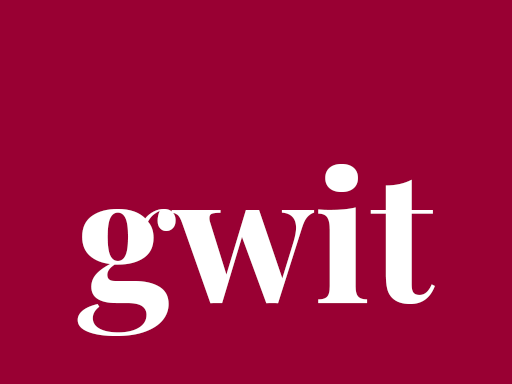Like them or loathe them, all employees will need, at some point, to interact with the support services offered by the IT department. In this series of short articles, we uncover some of the secret workings of the IT department, finding out what is jargon and what is just common sense that can apply to all of us, regardless of our role, work, or profession.
Welcome to the final instalment of our series, uncovering the mysteries of the IT realm. This time, we’re venturing into the fortress that houses our IT champions, understanding their roles and the walls they guard.
The watchful gatekeepers – Tier 1 support
Imagine a castle’s main entrance, guarded by sentries who ensure safety and provide initial guidance. Tier 1 support is pivotal, addressing common queries and directing you to the right chamber.
‘Shift-left‘ approach unveiled
Nestled within this castle is a strategic shift – a concept called “shift-left”.
- The heart of it – essentially, it means equipping our gatekeepers with more knowledge and tools typically reserved for inner chamber experts.
- Your direct benefit – faster solutions without traversing multiple castle hallways. It’s as if our sentries now possess a detailed map of the entire fortress.
- Empowering the vanguard – with extensive training, the Tier 1 team becomes adept at handling a broader range of challenges.
- Efficiency refined: As the frontline resolves more queries, the castle’s inner sanctum experts can focus on specialised issues.
The inner circle experts – Tier 2 & Tier 3 support
Venture deeper into the castle, and you’ll encounter knights and scholars – those who handle specialised challenges. They are the ones you seek when a problem is unique or intricate.
The Grand Library – the knowledge base
Housed in a magnificent hall is a vast collection of scrolls and books – answers to frequently asked questions and detailed documentation. Before seeking an audience with experts, a visit here might provide the answers you seek.
The master builders
In the castle’s workshops, these artisans ensure the fortress remains modern, fortified, and equipped. Similarly, IT teams continuously enhance and maintain software, ensuring security and introducing new features.
Golden tips for navigating the IT castle
- Seek with clarity
When engaging with the gatekeepers, precise queries lead to faster solutions. - Patience in exploration
Deeper chambers take time to reach but rest assured, expert guidance awaits. - Explore the Grand Library
Delving into the knowledge base often illuminates answers, sparing you a lengthy quest. - Maintain your armour
Regularly updating your systems ensures you’re always ready for challenges.
In this concluding piece of our enlightening journey, we’ve lifted the portcullis to the IT department’s castle, revealing its intricate chambers and dedicated inhabitants.
Over the series, as we’ve meandered through each corridor and interacted with its guardians, we hope you’ve gained a newfound appreciation for IT’s roles and expertise.
This series has built bridges of understanding, allowing you to navigate the expansive realm of IT with confidence and curiosity. Remember always to cherish the knights and scholars behind the scenes.
Links to the earlier articles can be found here:










